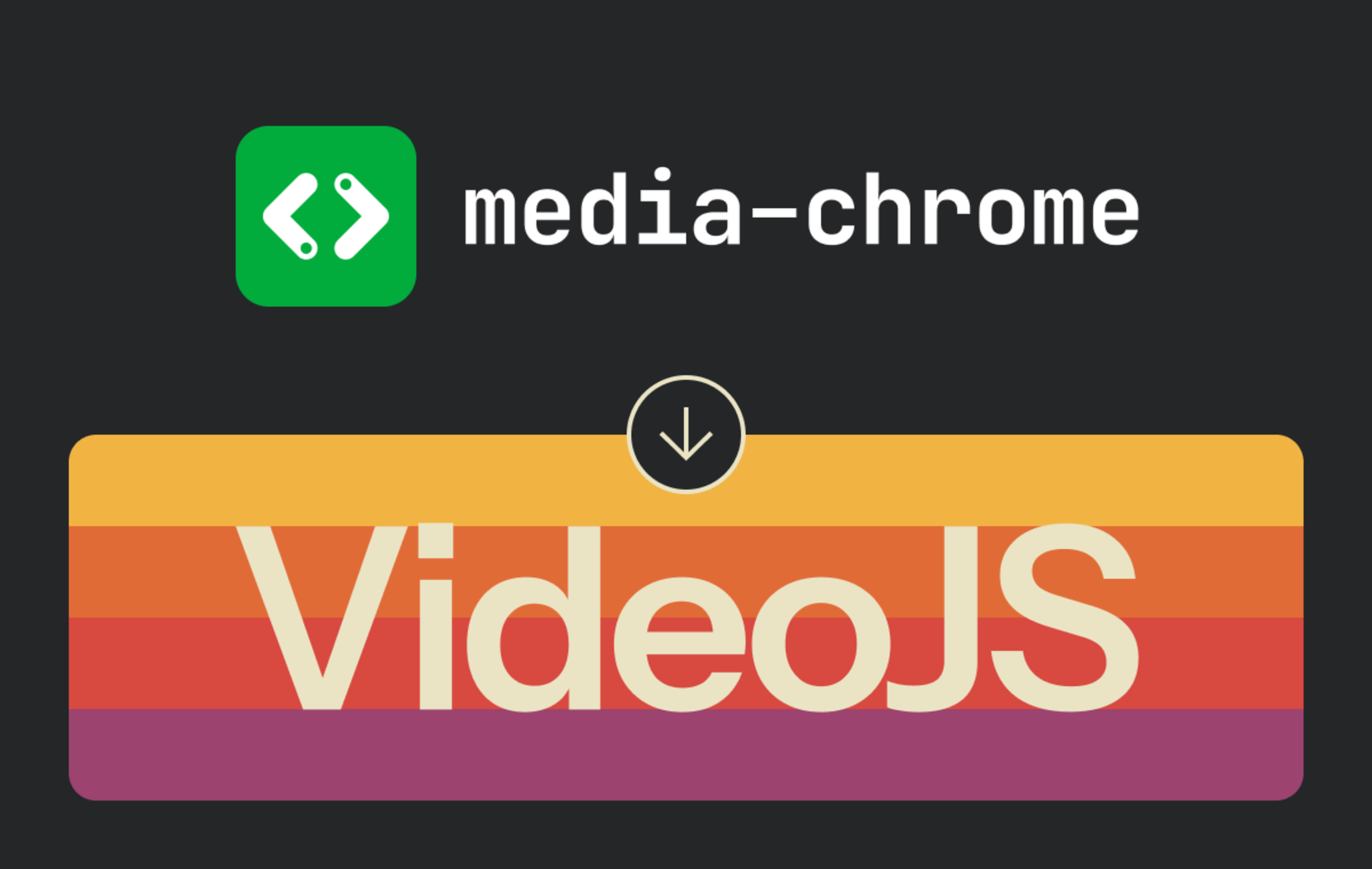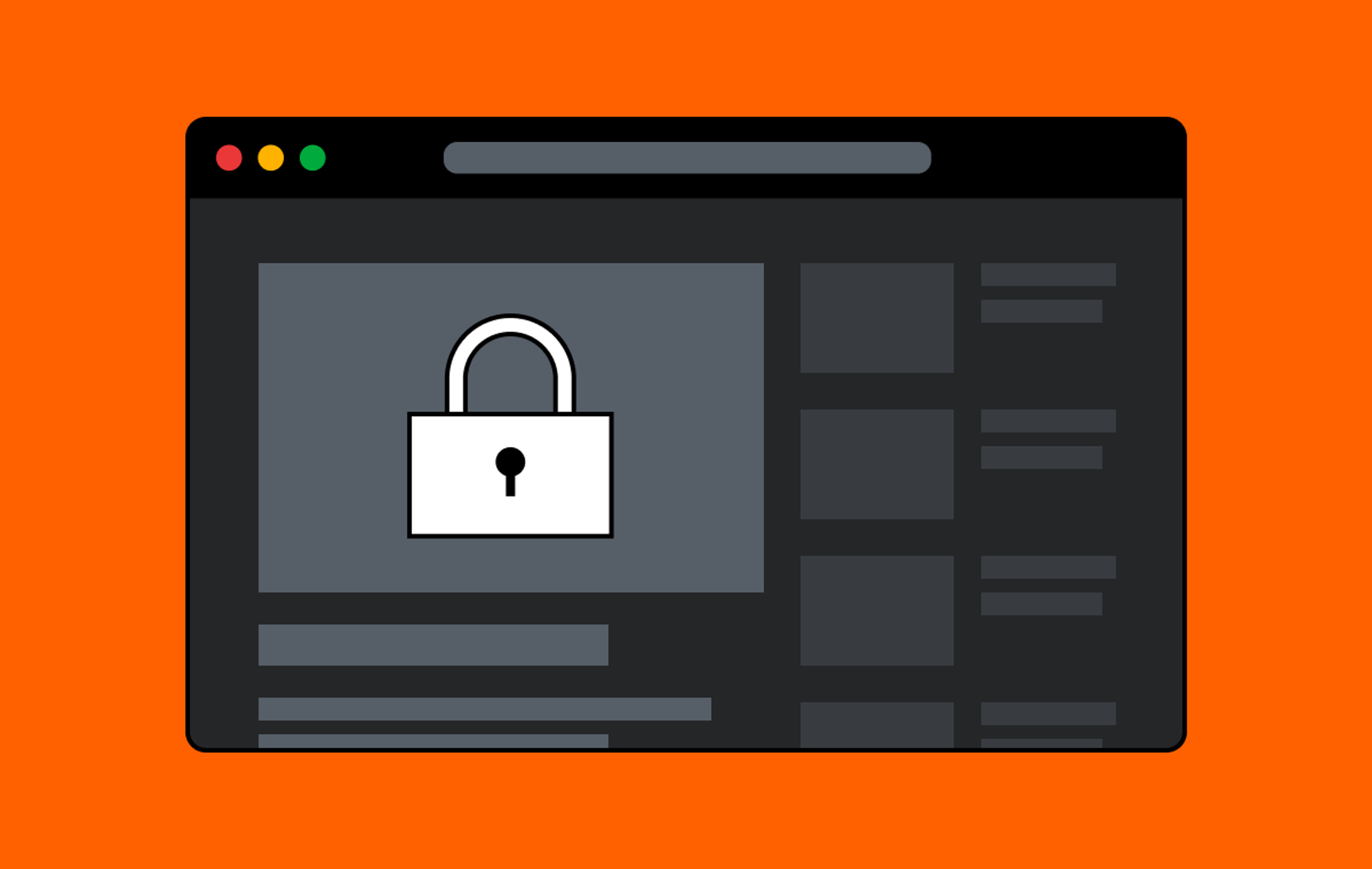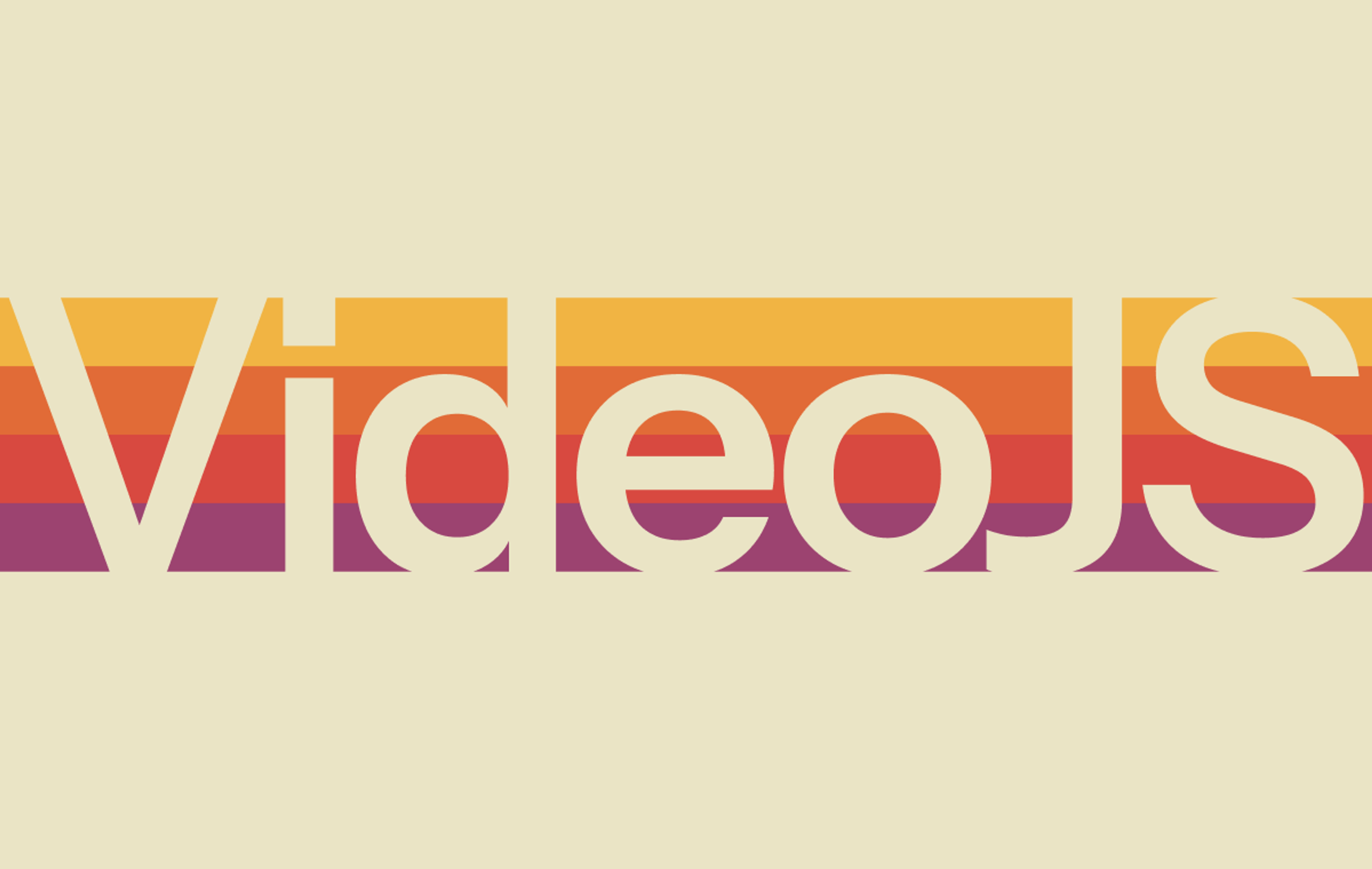It’s been just a little past 90 days since we launched the beta version of Low-Latency Live Streaming, and it’s been great seeing how our customers are using it and how the ecosystem is progressing in adopting Apple’s LL-HLS. Plus, we’ve continued to build out additional features around Low-Latency Live Streaming and are excited to share the updates with you.
Since launch, we’ve had a variety of customers across a variety of use cases try out low latency. These include:
- Live shopping: These types of interactive apps are popping up, creating new shoppable experiences.
- Virtual events: These include concerts, meetups, conferences, and even a wedding app that lets guests throw virtual rice.
- Creator platforms: These apps allow artists to connect with their fans off stage.
- Demuxed: This event is for video engineers and we of course tested our own low-latency product for it this year.
What’s changed in the player ecosystem
One of the reasons we released in beta was because we were one of the first to support Apple’s LL-HLS open standard at scale. Being one of the first meant we had to wait for some others in the ecosystem to catch up. The good news is that there’s been a lot of great progress:
- iOS 15: Bug fixes for playback improvements
- HLS.js 1.0.11: Bux fix for live start up (release notes)
- Video.js 7.16.0: Improved playback
These player improvements help support smoother, more reliable playback for low-latency video.
Other updates from Mux
Switch latency modes with a new API
This API lets you change the latency mode for live streams that have already been created. Previously, to change the latency mode, you’d have to create a new live stream. With this new API, you can now also change your passthrough value or update the reconnect window value for both live streams and on-demand assets.
<mux-video> element
We introduced a Mux-flavored HTML video tag. Use it the same way you would use the <video> element to make sure you have reliable HLS playback and Mux Data correctly instrumented. Now you can build low-latency video into your app with just 3 lines of code.
Coming soon
Keep your eyes on Mux Data—in the coming weeks we’ll be launching a new metric to calculate live stream latency, which will help you understand how long it takes to get live content from the encoders to the end users for viewing. If you’re interested in testing the beta, you can sign up here. If you’re not already using Mux Data, learn more about getting set up here.
We’re excited to bring you these updates, but we’re not done! We’re continuing to work on further lowering latency, improving the overall reliability of live streams, and improving player interoperability. We’re always open to feedback–send us your suggestions, questions, or thoughts about your experience with Low-Latency Live Streaming.




